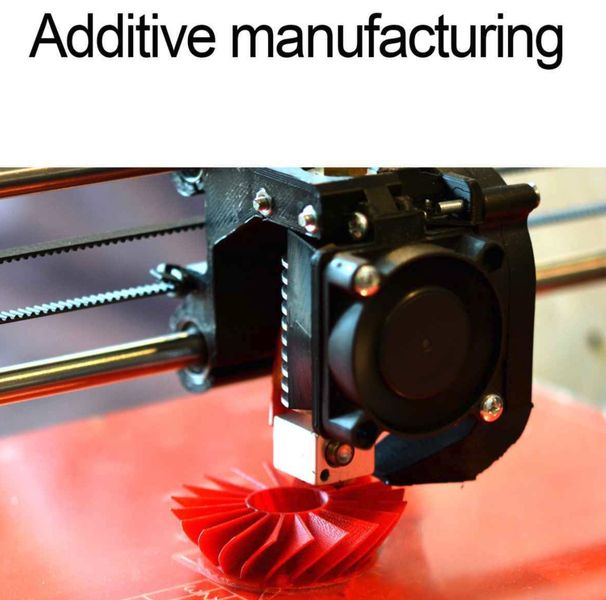
This week’s selection is “Additive Manufacturing” by The Open University.
3D printing is a technology that’s been around quite a while, having been invented in the 1980s for prototyping use, but only recently being applied for proper end-use part manufacturing. Because of this, the term “additive manufacturing” has become more widely used.
While many readers of this publication are quite familiar with the concept, there are those who are new to the game. The pandemic has in some cases severely disrupted supply chains, causing some manufacturers to look beyond traditional making equipment to, for the first time, consider using additive manufacturing technologies for production purposes.
This book is for those in manufacturing who are considering the use of the technology and would like a basic background. In fact, this “book” by the Open University is a short 8-hour training course on the topic. They adapted the official Open University course T805 “Manufacture materials and design” and bottled it up in this book.
You won’t get a diploma by following through to the end of the book, but you will gain a good understanding of how additive manufacturing technologies can be used. Here are the learning outcomes expected by those who do the course; you will be able to:
- Describe additive manufacturing and explain its advantages and disadvantages
- Explain the processes used in additive manufacturing for a range of materials and applications
- Understand the role of additive manufacturing in the design process and the implications for design
- Describe the effects of surface finish and microstructural properties on behavior for components produced using additive manufacturing
- Display an awareness of residual stresses that may occur during additive manufacturing and their effects
It’s not just a read; this is indeed a training course. There are assignments that pop up periodically in the material to make certain you understand.
The course proceeds through the history of the technology, and then explains aspects of part geometries, 3D models, 3D printing processes, design implications, mechanical stress, and much more.
It even explains why they chose to refer to the process as “additive manufacturing” instead of the popular “3D printing” term. Here, of course, we use both.
If you’re a manufacturer considering the use of 3D printing you might want to review this straightforward course from the Open University. Best of all, it’s absolutely free!
Via Amazon
